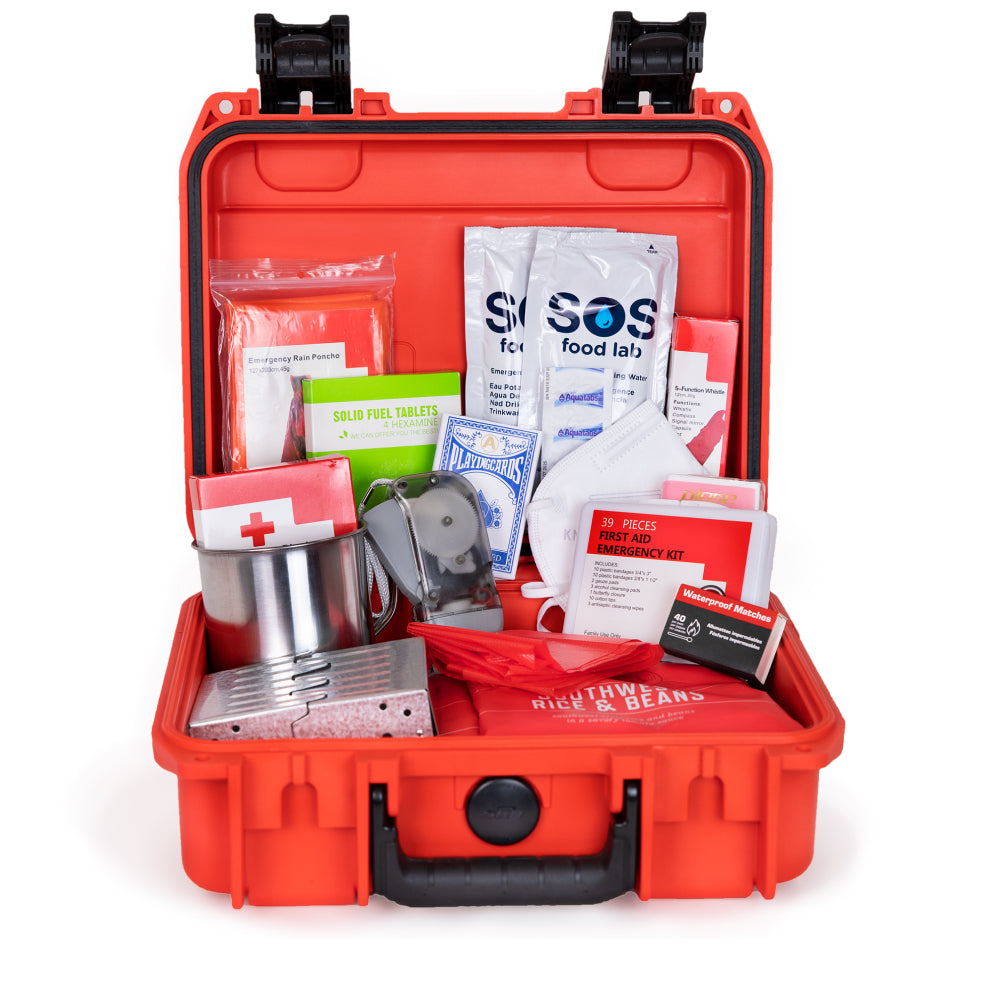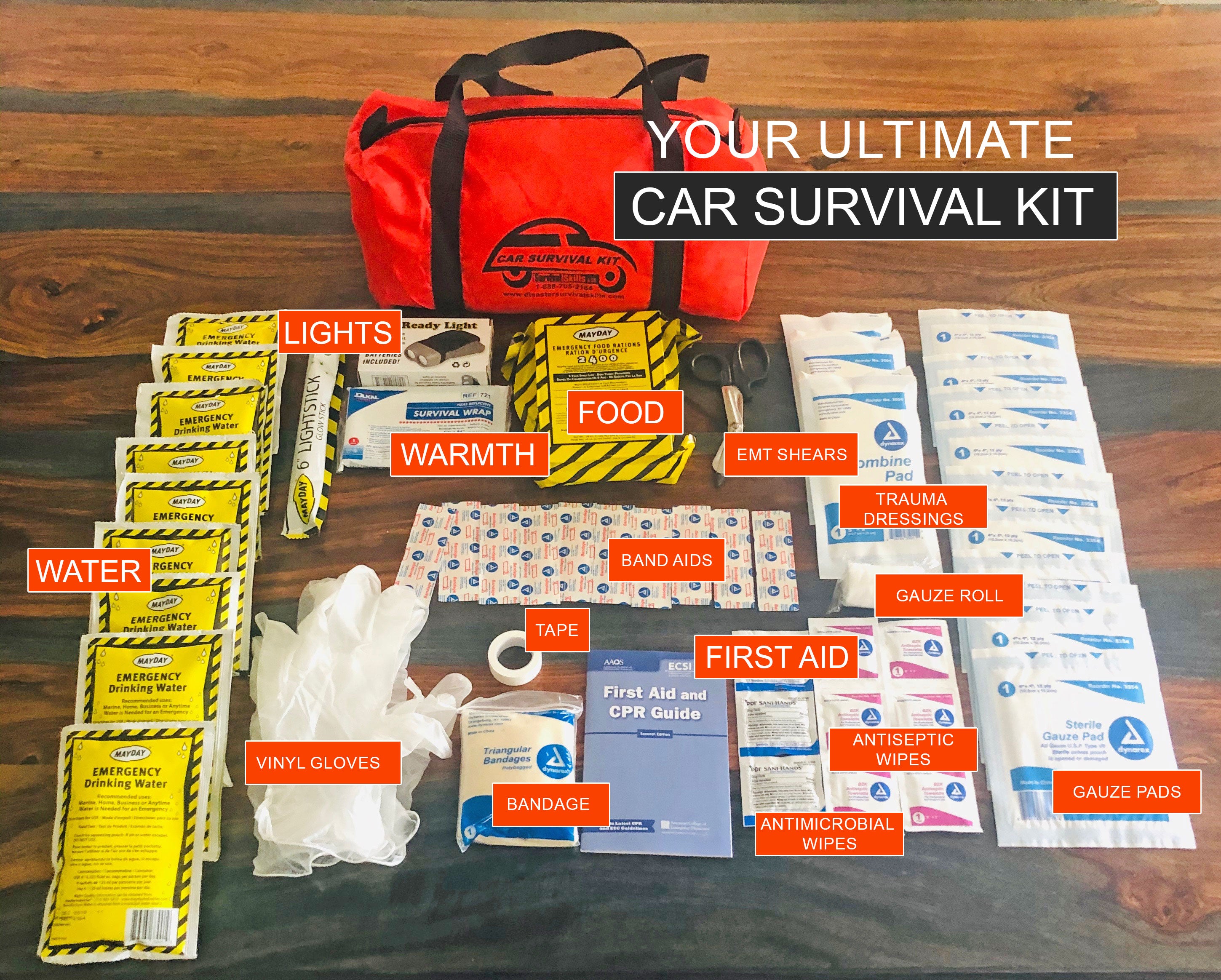Mastering the Art of Emergency Situation Readiness: Expert Tips
Whether it be a natural calamity, a clinical emergency situation, or an abrupt situation, being prepared can make a substantial distinction in the result. Grasping the art of emergency preparedness calls for a mix of understanding, planning, and calculated reasoning.
Importance of Emergency Situation Preparedness
Emergency situation readiness is a vital aspect of making sure the safety and well-being of people and neighborhoods when faced with unexpected disasters and emergency situations. EMERGENCY PREPAREDNESS. Being prepared can dramatically alleviate the impact of all-natural calamities, mishaps, or other situations that may arise. By having a well-balanced emergency situation plan in area, areas and individuals can respond properly, potentially conserving lives and lessening damage
One crucial reason that emergency readiness is essential is that it aids in decreasing panic and complication during a dilemma. They are much more most likely to continue to be tranquil and make logical decisions in demanding scenarios when people are aware of what to do and have exercised emergency situation treatments beforehand. This can result in a much more efficient and organized reaction, helping in the defense of lives and residential or commercial property.
Additionally, emergency situation readiness cultivates strength within areas. By spending time and sources right into readiness measures such as training, drills, and infrastructure improvements, communities can get better much more rapidly after a catastrophe. This durability is important for long-lasting healing and sustainability, making sure that neighborhoods can stand up to future emergency situations.

Building a Comprehensive Emergency Situation Strategy
Because of the vital role emergency situation readiness plays in reducing the impact of disasters and cultivating neighborhood resilience, the structure for efficient reaction hinges on constructing a detailed emergency strategy. EMERGENCY PREPAREDNESS. A detailed emergency strategy acts as a roadmap for companies and areas to properly coordinate resources, react to dilemmas, and ensure the safety and security and wellness of people throughout emergencies
Secret components of a thorough emergency strategy include threat assessment, recognition of potential hazards, establishment of interaction protocols, designation of functions and duties, and routine training and drills. By performing extensive risk evaluations, companies can identify vulnerabilities and focus on locations for mitigation. Developing clear interaction protocols makes sure that information is distributed successfully during emergencies, promoting timely decision-making. Assigning obligations and duties makes clear the chain of command and promotes a worked with response effort. Routine training and drills aid acquaint individuals with emergency procedures, making sure a swift and reliable response when a dilemma happens. Inevitably, a thorough emergency plan contributes in improving readiness, action capacities, and total resilience in the face of disasters.
Essential Supplies and Resources
When planning for possible catastrophes, guaranteeing access to important supplies and sources is vital for efficient emergency response and strength. Stockpiling on non-perishable food items such as canned items, healthy protein bars, and dry goods is critical to maintain individuals and family members throughout times of crisis when accessibility to fresh food may be limited (find more info). In addition, maintaining an adequate water, with at least one gallon per individual daily for a minimum of three days, is vital for hydration and hygiene needs
Standard clinical materials including bandages, antiseptics, medications, and an initial aid package are vital for addressing injuries and illnesses that might take place throughout emergency situations. Flashlights with additional batteries, a multi-tool, and blankets should also be consisted of in emergency supply sets to offer light, aid in navigating, and make certain heat and comfort.

Interaction Methods During Emergency Situations
Efficient interaction strategies play a vital role in making sure precise and prompt circulation of information during emergency situations. Concise and clear click here for more info communication is necessary for coordinating reaction efforts, giving instructions to the public, and keeping everybody notified concerning the evolving situation.
During emergencies, it is necessary to mark a spokesperson or a central communication team to make sure uniformity in messaging and stay clear of complication. This marked person or group should be well-trained in crisis communication and with the ability of delivering information in a comforting and tranquil way. Furthermore, developing a system for two-way communication can assist gather real-time comments from the impacted individuals and address their needs more efficiently.
Furthermore, utilizing technology such as emergency alert systems and interaction applications can enhance the dissemination of vital info and help with rapid response initiatives. By applying these interaction areas, companies and techniques can enhance their emergency situation preparedness and response capacities, eventually conserving lives and lessening the effect of calamities.
Training and Method for Readiness
An essential element in ensuring readiness for emergencies is the execution of routine training and practice to boost reaction capacities and readiness - great post to read. Via regular training, emergency -responders can familiarize themselves with protocols, devices operation, and decision-making procedures, inevitably boosting their efficiency during crises
Training sessions ought to simulate practical emergency situation scenarios to provide responders with hands-on experience in a controlled environment. These simulations enable individuals to practice their functions, test communication systems, and determine areas for enhancement without the pressure of a real emergency situation.
Normal drills and workouts also aid groups build communication and coordination, guaranteeing that everyone recognizes their responsibilities and can collaborate effortlessly when encountered with a dilemma. Furthermore, debriefing sessions complying with training exercises allow for constructive feedback and the possibility to pick up from any type of errors made.
Final Thought
To conclude, grasping the art of emergency preparedness calls for a thorough strategy, necessary materials, effective interaction methods, and routine training. By prioritizing preparedness and taking positive steps, individuals and areas can much better react to emergencies and minimize prospective risks - EMERGENCY PREPAREDNESS. It is critical to remain informed, remain prepared, and continuously boost emergency feedback methods to guarantee the safety and security and wellness of all individuals included

In conclusion, grasping the art of emergency situation readiness calls for a comprehensive plan, vital materials, efficient interaction approaches, and normal training.